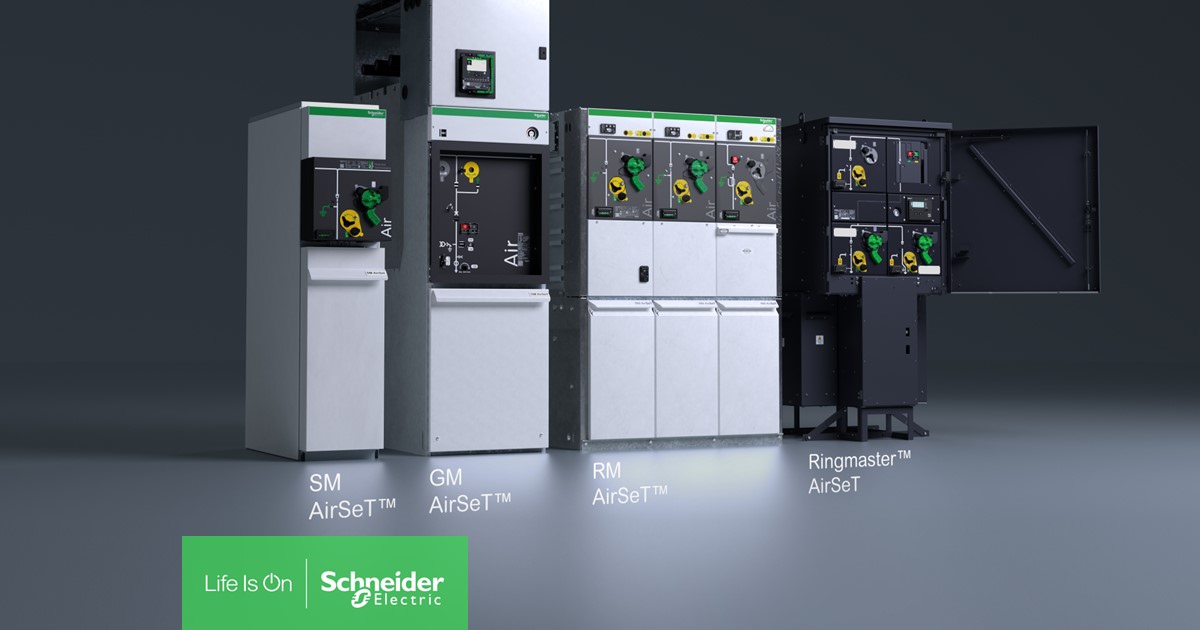Written By: Faith Jemosop
The country wants clean power but punishes the parts that build it, tariffs could crush solar manufacturing.
The country has pledged a “just energy transition.” It has signed global commitments. It has received billions in climate finance from international donors. It talks about climate change, sustainability, and clean power.
But here’s the contradiction: South Africa wants solar energy yet it’s punishing the very companies that make solar panels.
In April 2024, the South African Revenue Service introduced a 10% tariff on imported solar cells, the critical components used to manufacture solar panels. These solar cells are not produced in South Africa. Not at scale. Not yet.
So why the tariff?
The government says it wants to protect local industry to promote domestic manufacturing and reduce dependency on imports. That would make sense… if there was a local solar cell industry to protect.
Instead, this tariff has done the opposite. It’s crushing the small but growing solar panel manufacturing sector, a sector already struggling with inconsistent policies, limited infrastructure, and a fragile energy ecosystem.
The result? At least four solar panel manufacturers have halted operations since the tariff took effect. Hundreds of workers are now at risk of losing their jobs. And the solar rollout, the very thing South Africa needs to fix its power crisis is slowing down.
This is more than just bad policy. It’s a case study in contradiction. The South African government is pushing for renewables. It wants to reduce its reliance on coal, the dirtiest fossil fuel. It wants to electrify rural areas, cut emissions, and create green jobs.
But its own policies are strangling that effort.
The Solar PV Industry Association of South Africa has raised the alarm. It warned that if the tariffs are not repealed, the entire local solar manufacturing industry could collapse. If that happens, South Africa won’t just be buying solar panels from abroad, it will be exporting jobs, opportunities, and energy independence.
So what is the plan? Does the government want a domestic solar industry or not?
If it does, then tariffs aren’t the place to start. What South Africa needs is industrial investment in R&D, infrastructure, skills development, and supply chains. You don’t build an industry by taxing it out of existence before it matures.
Also read:
Why Mali’s Energy Crisis Is Deepening as a $94 Million Debt Looms Over SOGEM
South Africa is not alone in this confusion. Around the world, especially in the Global South, countries are struggling to balance energy ambition with execution.
India, too, introduced duties on imported solar cells and modules. It wanted to boost local production. But the result? Rising costs, delayed projects, and confusion across the board. In Kenya, major renewable projects have stalled due to red tape and shifting regulations. Brazil, Indonesia, and even Nigeria have all witnessed similar friction.
The message is clear: You can’t have policy chaos and expect energy stability.
Green energy transitions require more than slogans. They need policy coherence, long-term planning, and a government that doesn’t contradict itself every six months.
South Africa is desperate for energy. Its national utility, Eskom, is a disaster plagued by corruption, mismanagement, and failing infrastructure. Load-shedding is now a part of daily life. Lights go out for hours. Factories shut down. Students study by candlelight.
In a country with an energy crisis this severe, solar power is a necessity.
And yet, instead of accelerating access to solar technology, the government is making it more expensive. More difficult. Less viable.
If the tariff remains in place, the cost of manufacturing solar panels in South Africa will rise by 10 to 15%. Local companies won’t be able to compete with cheaper imports from China. If they shut down, South Africa will become even more dependent on imports and not just for solar cells, but for entire systems.
That’s not energy sovereignty. That’s dependence wrapped in policy short sightedness.
There’s another layer to this story. Tariffs are not just about economics, they’re about control. By raising barriers to imported solar components, governments can regulate who participates in the clean energy economy. Who gets subsidies? Who gets contracts?
Also read:
Why Does Kenya Rely on Ethiopia for Power Despite Its Own Energy Capacity?
It’s also a political game. South Africa’s ruling party wants to claim success in job creation. So it paints protectionism as patriotism. But when protection kills the patient, it’s not treatment it’s malpractice.
What Needs to Change
South Africa has three options.
- Rescind the tariff
- Invest in domestic capacity
- Create a national roadmap for renewable manufacturing
This isn’t just about saving companies. It’s about fixing the energy crisis, meeting climate commitments, and creating jobs that last.
Until that happens, South Africa’s green dream will remain a paradox: a country trying to build the future while dismantling the present.



